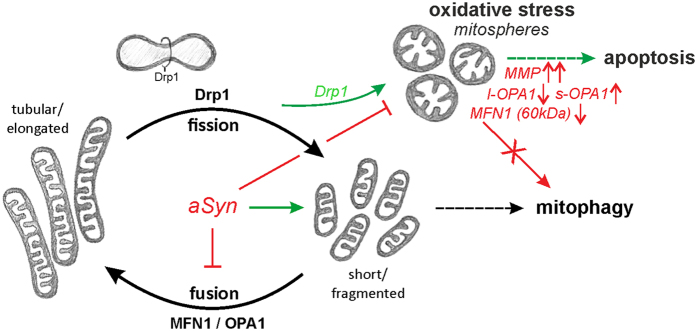Figure 11. Summary of the impact of aSyn on mitochondrial dynamics.
Both fission and fusion enable dynamic morphological changes of the mitochondrial network contributing to mitochondrial maintenance, function and quality control97. While MFN1 and OPA1 mediate the fusion of the mitochondrial outer and inner membrane, respectively, Drp1 is a key factor in mitochondrial fission. During mitochondrial fission, cytosolic Drp1 is recruited to mitochondrial outer membrane, wraps around tubular mitochondria leading to constriction and division of the organelles. Fission processes result in the generation of short/fragmented mitochondria and thus facilitate the degradation via autophagy-lysosomal pathways (mitophagy). We found that OS induced via H2O2 led to the formation of mitospheres, hyperpolarized mitochondria with a punctate shape that differ from short/fragmented mitochondria that are also present under basal conditions. Mitospheres form in a Drp1-dependent manner and are linked to changes in the levels of the fusion proteins MFN1 (60 kDa band) and OPA1 (l-OPA1: long OPA1 isoforms, s-OPA1: short OPA1 isoforms). Their formation is associated with a reduced mitochondrial function, but mitospheres are not degraded via Parkin-mediated mitophagy. Instead, they precede Caspase3 activation and apoptosis. An increase in shorter mitochondria due to aSyn expression may be attributable to the impact of aSyn on the levels of the fusion proteins MFN1 and OPA1. Intriguingly, while aSyn appears to promote mitochondrial fragmentation under basal conditions, our results reveal that it inhibits mitosphere formation and apoptosis under OS.

